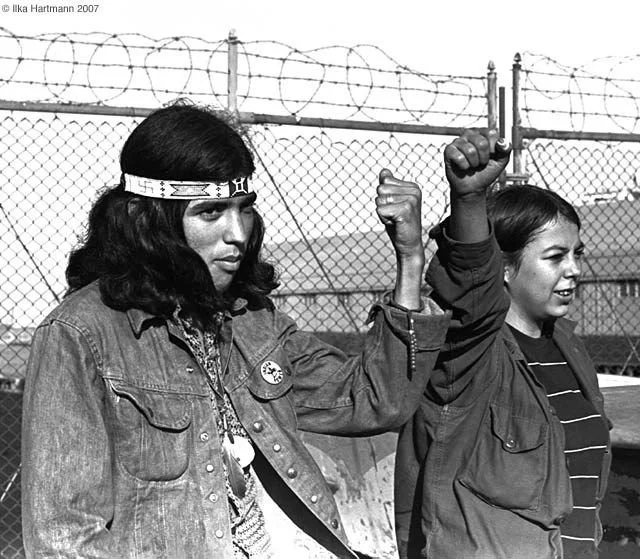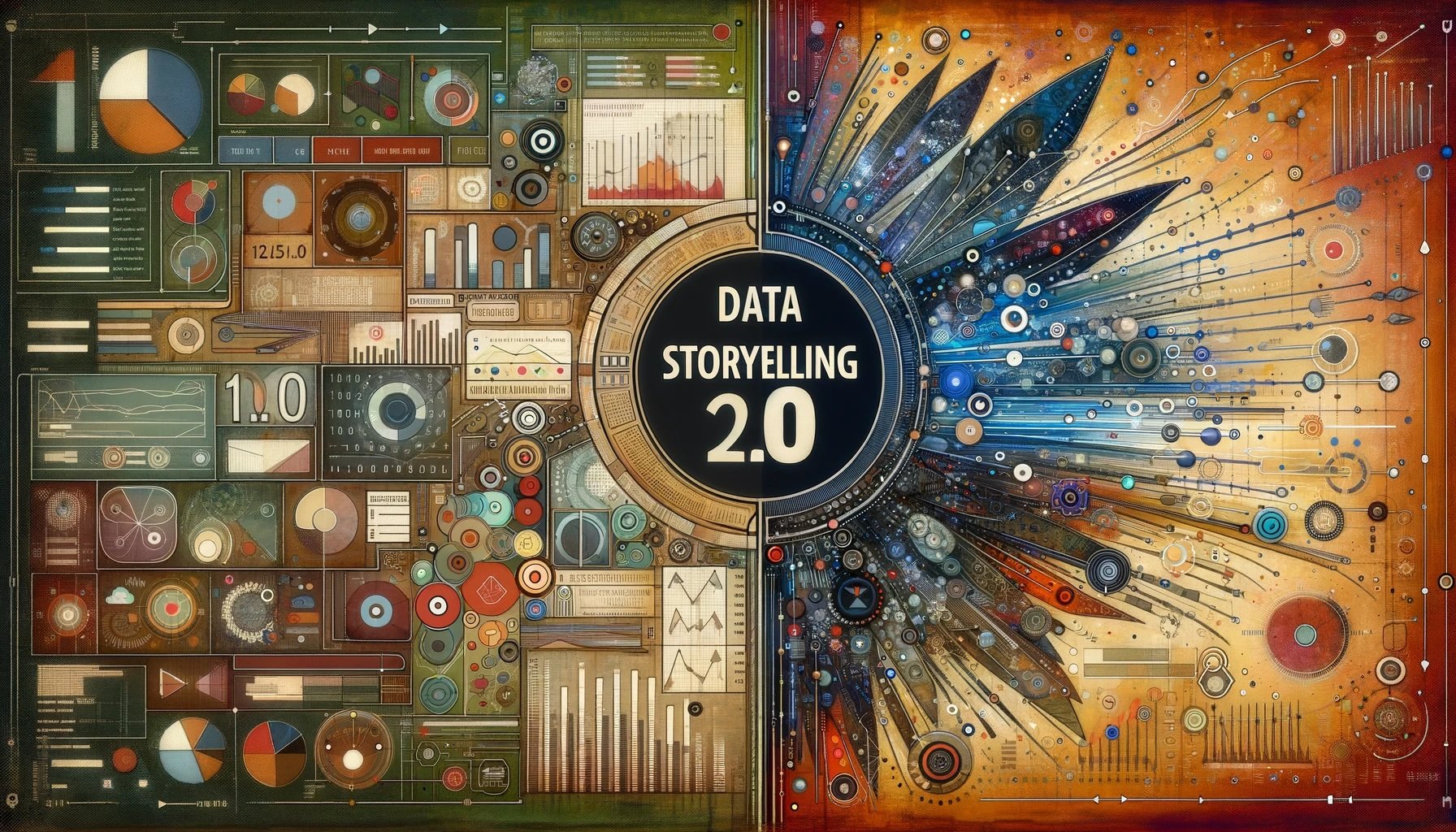Andy Raskin calls the following Zuora presentation “the greatest sales deck I’ve ever seen.”
Why’s it so great? It explains how a changing world will lead to winners and losers, and gives the customer a tease of how they can become a winner with the magic of the product.
The weakness of this pitch is the evidence it provides to convince the audience that these things are true. There are a few macro-level data points and a collection of quotes from customers.
In my view, the “greatest ever” sales deck could be better with data. But not just more data or more charts. It could be better with data storytelling.
It needs data presented to both build credibility and enable discussion. This slide does neither. Cherry-picked data points like these risk making your audience suspicious.
Furthermore, the abstract nature of the data (“50% of people in France are moving away from traditional ownership”…huh?) and distance from everyday reality ($420 BILLION!) discourage conversation.
Sales pitches are better with data storytelling.
Data storytelling is the presentation of data to communicate a message using the techniques of traditional narrative forms.
It provides benefits that traditional slide-based sales presentations lack:
Combining data-based evidence with emotional and anecdotal evidence.
Customization of the data to reflect the world of the prospect.
Brings flexibility to the sales conversation.
I want to emphasize: the value of data storytelling isn’t about bringing more data to the conversation. It isn’t about trying to overwhelm your prospect with hard, numbers-based evidence of the value of your product.
In fact, the true value of data storytelling is far more personal: it is about building trust. And as every salesperson knows, closing sales is built on a foundation of trust.
How do data stories build trust?
Data stories provide a guided flow where the prospect becomes a co-pilot in the discussion rather than a passenger. Here’s how:
The conversation becomes a two-way street as they are able to ask questions and get answers on the fly;
Deliver evidence that is customized to help justify the purchasing decision;
Presented in an interactive form that is easy to pass on to others in the organization. Buying requires layers of buy-in.
Makes complex data understandable and accessible to your prospects, positioning you as a guide.
We work with sales leaders all the time who are discovering how data storytelling can improve their sales conversations:
One of our Juicebox clients sells complex education and talent management solutions. and connect with HR leaders about how their technology products can help. Rather than leading with the features and capabilities, their sales leaders are more focused on consultative selling. And in this shift, they want to engage their customers in data-driven conversations about topics that are important to them. The data stories lead to better questions and highlight the need for better solutions.
“I help sales teams turn boring case studies into case stories; Juicebox turns boring data into stories. The combination helps salespeople connect with their clients in a powerful new way.”
Beyond PowerPoint Slides
Your time with sales prospects is precious. And the measure of success is how you’ve enhanced their confidence in you as an expert. Data stories — the combination of your sale message with exploratory and customizable data — provides a better medium to build these bridges.








